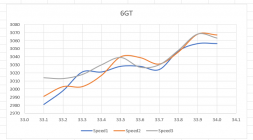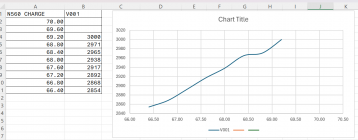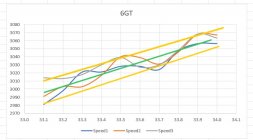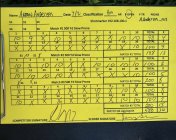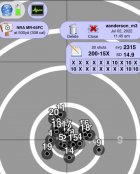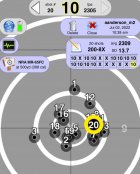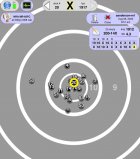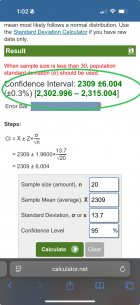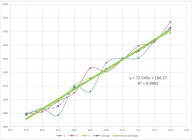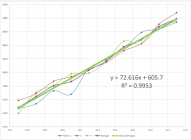I do 5 loads per powder weight, lower half to max, depending on cartridge size, .3, .5 on the lower part, .3 on the upper area of the chg wt, from ballpark, say 2gr below max for a med sized cartridge (say 308), 1gr on the lower, .5 on the upper with a magnum size. Being as the bullet was already picked for the app, and that is THE bullet, doing it this way gives me a few things, how the powder pressure increase behaves, whether or not it looks like it wants to shoot with that bullet/powder combo, and a rough idea of what speed range that will get me to for that bullet.
If I like it what I see, I'll test what seems to be up or down from a point that looks promising, then perhaps another with what looks like a good spot, but, change seating depth a bit to see what that does, or not. If I don't like what I see on the first test, I'll try another powder. I usually get the first one right, often try a csecond one to see if or how much difference. I have had 3 powders not work, in which case I'll then swap bullets, unless I am wedded to using that bullet for that application, then the gun goes.
As far as I'm concerned, Satterlee method is garbage, ES can be overrrated unless you shoot at 500yds plus a lot. The vid Little Crow Gunworks did last week, illustrates what I am talking about explains it very well, there is a series there, watch the first one, and the last one., if they turn your crank, watch the rest of them. I do agree with about 95% of what he does there, and he explains it more coherently and better than me. I just don't use GRT, is really the only difference, and I don't chrono much after the initial test, til I get to the end, then I'll do it again. The reason I use 5 rds on the initial set is 2 are for pressure test., other three are to see what the load behaves like.
If I like it what I see, I'll test what seems to be up or down from a point that looks promising, then perhaps another with what looks like a good spot, but, change seating depth a bit to see what that does, or not. If I don't like what I see on the first test, I'll try another powder. I usually get the first one right, often try a csecond one to see if or how much difference. I have had 3 powders not work, in which case I'll then swap bullets, unless I am wedded to using that bullet for that application, then the gun goes.
As far as I'm concerned, Satterlee method is garbage, ES can be overrrated unless you shoot at 500yds plus a lot. The vid Little Crow Gunworks did last week, illustrates what I am talking about explains it very well, there is a series there, watch the first one, and the last one., if they turn your crank, watch the rest of them. I do agree with about 95% of what he does there, and he explains it more coherently and better than me. I just don't use GRT, is really the only difference, and I don't chrono much after the initial test, til I get to the end, then I'll do it again. The reason I use 5 rds on the initial set is 2 are for pressure test., other three are to see what the load behaves like.










